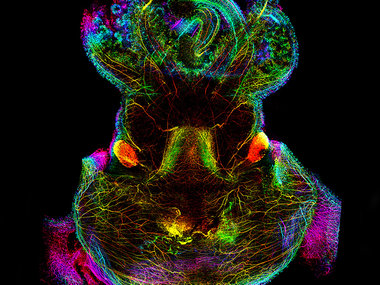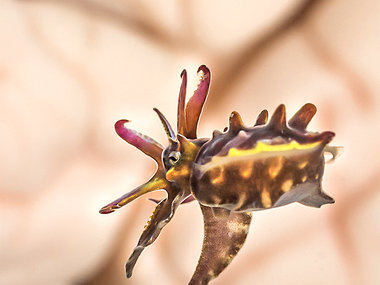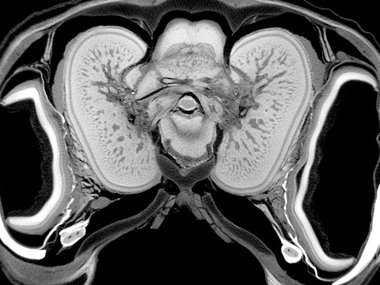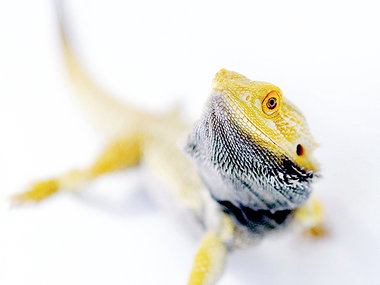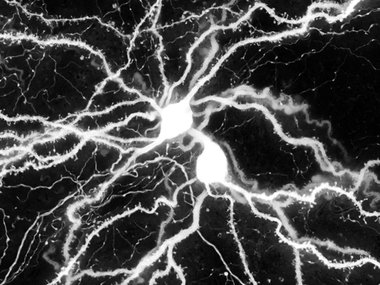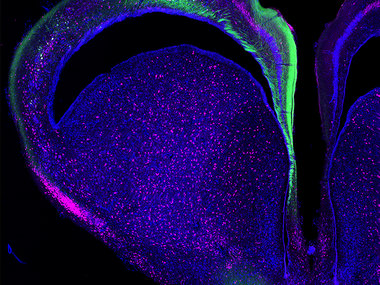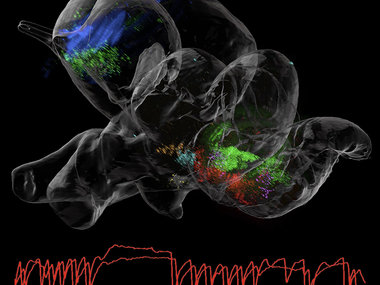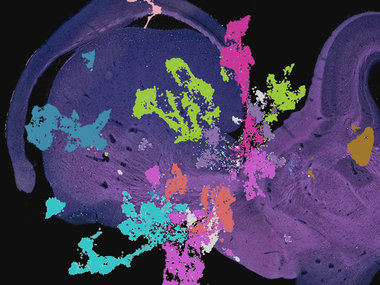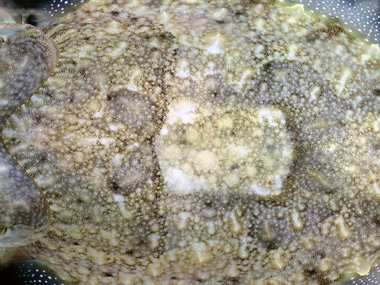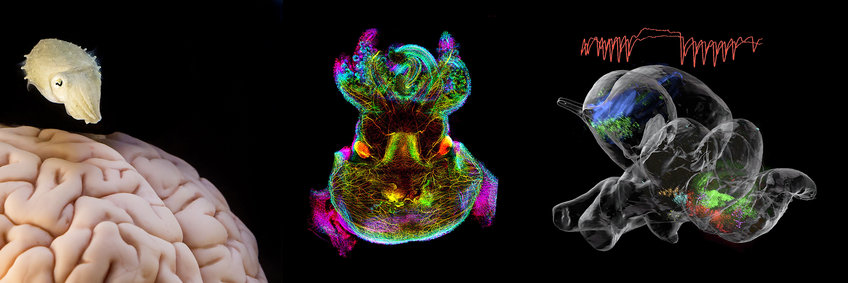
Neural Systems Department
Gilles Laurent
We are broadly interested in the function and dynamics of neuronal circuits, in the principles that guide the flow and formatting of information in the brain, in the encoding, storage and decoding of neural messages, and in their roles in sensation, perception and behavior, including sleep. Our approaches combine molecular, electrophysiological, imaging, behavioral and computational techniques, and take advantage of a variety of experimental model systems (invertebrate and vertebrate animals). At present, our lab works with reptilian and cephalopod nervous systems. This neuroethological and evolutionary perspective often provides unique insights, useful not only to understand brain evolution but also to identify general principles of circuit operations.
- Reptilian sleep mechanisms, REM and NREM, sleep evolution.
- Claustrum function.
- Reptilian navigation circuits, hippocampus evolution.
- Amniote brain evolution, single-cell RNA seq.
- Spike-sequence codes in cortical circuits, cortical dynamics.
- Cephalopod camouflage behavior.
- Mechanisms and dynamics of motor behavior.
- Characterization of cephalopod brain circuits.
Recent publications (see here for all publications)
DOI Fenk, L., Riquelme, J.L., Laurent , G.: Central pattern generator control of a vertebrate ultradian sleep rhythm. Nature (2024)
DOI Laurent, G.: Mysterious ultraslow and ordered activity observed in the cortex. Nature 625, pp. 244 - 245 (2024)
DOI Woo, T.; Liang, X.; Evans, D. A.; Fernandez, O.; Kretschmer, F.; Reiter, S.; Laurent, G.: The dynamics of pattern matching in camouflaging cuttlefish. Nature (2023)
DOI Fenk, L. A.; Riquelme, J. L.; Laurent, G.: Interhemispheric competition during sleep. Nature (2023)
DOI Hain D., Gallego-Flores , T., Klinkmann, M.;, Macias, A., Ciirdaeva, E., Arends, A., Thum, C.;,Tushev, G. Kretschmer, F. Tosches, M. A. et al.: Molecular diversity and evolution of neuron types in the amniote brain. Science 377 (6610) (2022)
DOI Laurent G. On the value of model diversity in neuroscience. Nat Rev Neurosci 21: 395-396. (2020).
DOI Norimoto H, Fenk L, Li H-H, Tosches MA, Gallego-Flores T, Hain D, Reiter S, Kobayashi R, Macias A, Arends A, Klinkmann M, Laurent G. A claustrum in reptiles and its role in slow-wave sleep. Nature 578: 413-418. (2020).
DOI Reiter S and Laurent G. Visual Perception and Cuttlefish Camouflage. Curr Opin Neurobiol 60:47-54. (2020).
DOI Hemberger M, Shein-Idelson M, Pammer L and Laurent G. Reliable sequential activation of neural assemblies by single pyramidal cells in a three-layered cortex. Neuron 104: 353-369. (2019).
DOI Tosches MA and Laurent G. Evolution of neuronal identity in the cerebral cortex. Curr Opin Neurobiol 56:199-208. (2019).
DOI Reiter S, Huelsdunk P, Woo T, Lauterbach M, Eberle J, Anne Akay L, Longo A, Meier-Credo J, Kretschmer F, Langer J, Kaschube M and Laurent G. Elucidating the control and development of skin patterning in cuttlefish. Nature 562: 361-366. (2018).
DOI Tosches MA, Yamawaki TM, Naumann RK, Jacobi AA, Tuschev G and Laurent G. Evolution of pallium, hippocampus and cortical cell types revealed by single-cell transcriptomics in reptiles. Science 360 (6391): 881-888. (2018).
DOI Fournier J, Mueller CM, Schneider I and Laurent G. Spatial information in a non-retinotopic visual cortex. Neuron 97 (1): 164-180.e7. (2018).
DOI Shein-Idelson M, Pammer L, Hemberger M and Laurent G. Large-scale mapping of cortical synaptic projections with extracellular electrode arrays. Nature Methods 14 (9): 882-890. (2017).
DOI Shein-Idelson M, Ondracek JM, Liaw H-P, Reiter S and Laurent G. Slow waves, sharp waves, ripples and REM in sleeping dragons. Science 352: 590-595. (2016).
Earlier work (1990-2015)
Olfaction
We made a number of discoveries concerning the dynamics of olfactory systems, their mechanistic underpinnings and their functional significance (with Hanan Davidowitz, Mike Wehr, Katrina McLeod, Mark Stopfer, Javier Perez-Orive, Ofer Mazor, Vivek Jayaraman, Stijn Casseaner, Maria Papadopoulou, Rachel Wilson, Glen Turner, Christophe Pouzat, Laurent Moreaux, Bede Broome, Stephen Houston, Kai Shen, Sina Tootoonian, Markus Meister, 1994-2015). Combining behavioral, electrophysiological and computational approaches, we demonstrated the functional relevance of neuronal oscillatory synchronization and dissected the steps of encoding and decoding afforded by co-occurring transient and periodic dynamics, steps culminating in the generation of sparse representations by exquisitely tuned coincidence-detector neurons (Kenyon cells). This work led to a conceptual framework describing sensory representations as ordered, low-dimensional manifolds in neural state space (with Misha Rabinovich, Ramón Huerta, Henry Abarbanel).
Selected publications
DOI Laurent G and Davidowitz H. Encoding of olfactory information with oscillating neural assemblies. Science 265:1872-1875. (1994).
DOI Wehr M and Laurent G. Odour encoding by temporal sequences of firing in oscillating neural assemblies. Nature 384: 162-6. (1996).
DOI Stopfer M and Laurent G. Short-term memory in olfactory network dynamics. Nature 402: 664-8. (1999).
DOI Rabinovich M, Volkovskii A, Lecanda P, Huerta R, Abarbanel HD and Laurent G. Dynamical encoding by networks of competing neuron groups: winnerless competition. Phys Rev Lett 87:068102. (2001).
DOI Perez-Orive J, Mazor O, Turner GC, Cassenaer S, Wilson RI and Laurent G. Oscillations and sparsening of odor representations in the mushroom body. Science 297: 359-65. (2002).
DOI Stopfer M, Jayaraman V and Laurent G. Intensity versus identity coding in an olfactory system. Neuron 39:991-1004. (2003).
DOI Mazor O and Laurent G. Transient dynamics versus fixed points in odor representations by locust antennal lobe projection neurons. Neuron 48: 661-73. (2005).
DOI Rabinovich M, Huerta R and Laurent G. Transient dynamics for neural processing. Science 321:48-50. (2008).
DOI Papadopoulou M, Cassenaer S, Nowotny T and Laurent G. Normalization for sparse encoding of odors by a wide-field interneuron. Science 332:721-5. (2011).
Plasticity
Our work on olfactory circuits also led to related discoveries such as synaptic spike-time-dependent-potentiation (STDP) in an invertebrate and at non glutamatergic synapses, suggesting the convergent evolution of STDP rules (with Stijn Cassenaer). The STDP rule identified in the locust mushroom bodies generates a homeostatic regulation of neuronal synchronization, and serves as a synaptic tag for future weight change when a stimulus is associated with a reward.
Selected publications
DOI Stopfer M and Laurent G. Short-term memory in olfactory network dynamics. Nature 402: 664-8. (1999).
DOI Cassenaer S and Laurent G. Hebbian STDP in mushroom bodies facilitates the synchronous flow of olfactory information in locusts. Nature 448: 709-13. (2007).
DOI Cassenaer S and Laurent G. Conditional modulation of spike-timing-dependent plasticity for olfactory learning. Nature 482: 47-52. (2012).
Targeted use of experimental model systems for neuroscience
While much of the work above was carried out with locusts or grasshoppers, some of our key findings came from using honeybees as model systems (with Mark Stopfer). This lab also pioneered the first successful sustainable patch-clamp recordings from the brain of intact Drosophila, enabling the development of systems neuroscience in this genetic system (with Rachel Wilson, Glenn Turner, Mala Murthy, Vivek Jayaraman); using zebrafish, our group extended our understanding of dynamics for stimulus decorrelation (with Rainer Friedrich). Using rats, we discovered the tight dependence of mitral cell responses to odors on learned expectation and context (with Leslie Kay).
Selected publications
DOI Stopfer M, Bhagavan S, Smith BH and Laurent G. Impaired odour discrimination on desynchronization of odour-encoding neural assemblies. Nature 390: 70-4. (1997).
DOI Kay LM and Laurent G. Odor- and context-dependent modulation of mitral cell activity in behaving rats. Nat Neurosci 2:1003-9. (1999).
DOI Friedrich RW and Laurent G. Dynamic optimization of odor representations by slow temporal patterning of mitral cell activity. Science 291: 889-94. (2001).
DOI Wilson RI, Turner GC and Laurent G. Transformation of olfactory representations in the Drosophila antennal lobe. Science 303: 366-70. (2004).
DOI Murthy M, Fiete IR and Laurent G. Testing odor response stereotypy in the Drosophila mushroom body. Neuron 59: 1009-23. (2008).
Vision and cellular computation
Focusing on a pair of insect visual neurons that are specifically sensitive to looming, our group provided a simple algorithmic and mechanistic understanding of looming selectivity in visual neurons. This then led us to a biophysical understanding of multiplication by single neurons (with Niko Hatsopoulos, Fabrizio Gabbiani, Holger Krapp).
Selected publications
DOI Hatsopoulos N, Gabbiani F and Laurent G. Elementary computation of object approach by a wide-field visual neuron. Science 270: 1000-3. (1995).
DOI Gabbiani F, Krapp HG, Koch C and Laurent G. Multiplicative computation in a visual neuron sensitive to looming. Nature 420: 320-4. (2002).
